Thiruchendur Lord Murugan – Arulmigu Subramaniaswamy Temple – one of the six abodes – One of the famous Arupadai Veedu Temples of Lord Murugan Arupadai Tiruchendur, Thoothukudi – Best and Famous Murugan Temple In India – Visit, Travel Guide (Updated)
– lord murugan second arupadai veedu temple visit photo coverage
Recently visited the famous Thiruchendur Lord Murugan Temple – Arulmigu Subramaniaswamy Temple or Jayanthipuram, an oldest Hindu temple dedicated to Lord Muruga which is also known as the Second Abodes also called the Arupadai Veedu of Lord Murugan on the seashores of Bay of Bengal in Thoothukudi District of Tamil Nadu. It was known to be the place where Lord Murugan conquered the Asura, the Surapadma. This temple is very famous for the celebration of the Kandasasti and Soorasamharam festivals.
The Arulmigu Subramaniaswamy Temple is one of the six abodes – Arupadaiveedu temples of Lord Murugan, also where the Lord of sound – Lord Senthilnathan lives. Lord Muruga is the one who explains the meaning of Pranava Manthiram – OM to his father, Lord shiva.
Saint poet Nakkerar, in his songs in praises Lord Senthil Andavar, places Thiruchendur in the second place amongst the six battle places – Arupadaiveedu. The Thiruchendur Lord Murugan Temple is magnificent and majestic found on the Bay of Bengal shores and is the one and only temple of the six abodes to be near the sea, as the other five temples are situated on mountains/hillocks.
The temple is located in the eastern end of the small town Thiruchendur in the district of Tuticorin attracting millions of devotees over the year paying respect to the in-house deity of Lord Murugan.
Thiruchendur is the place where Lord Muruga fought and defeated the Asura Surapadman and worshiped Lord shiva after the battle victory. It is one of the few temples in India where we can find various forms/avatars of both Lord Vishnu and Lord Shiva together.
The most extraordinary thing about the temple is that even after being located so close to the sea, the temple has never been flooded. Thiruchendur Subramanya Swamy Moolavar Sanctum is located below sea level.
The Tiruchendur temple has also been known by other names as Tirucheer Alaivai, Senthil Jayanthi, Kanda Madana Parvatham, Veeravagu Pattinam, and Vyazha – Guru kshethram. The name Vyazha Kshethram comes after the worship by Vyazha Bhagavan or Jupiter God at this shrine. Another unique feature is, the temple neutralizes the malefic effects of Guru. As this place where guru Bhagavan in penance towards Lord Muruga. Hence, Thiruchendur is also one Guru Vyazha Sthalam.
The Deivanai, the friendly Thiruchendur Lord Murugan Temple’s official elephant, stands in front of the temple with her trunk lifted to greet devotees. This temple is the fourth Tamil Nadu Hindu temple to receive ISO certification.
History of Thiruchendur Lord Murugan Temple:
The history behind the existence of the Thiruchendur Lord Murugan Temple goes with the Victory of Lord Murugan over Surapadman. It has a very interesting rooted history that is Lord Murugan’s first battle, which was also the purpose of Lord Murugan’s birth.
Thiruchendur is the place where Lord Muruga used as the base camp, before invading the demon king Suran/Surapadma, who was the son of Rishi Kashyaba ruled the island Veera Mahendrapuri and also a great devotee of Lord shiva.
From the boundless boon of Lord Shiva, Surabadman became very arrogant that he conquered all the 3 mythical worlds – Trilokas – heaven, earth, and hell. Surabadman also threatened the Devas – the heavenly beings, who were helpless and frustrated, seeking help from Lord Shiva. Shiva opened his third eye and 6 sparks emerged from his frontal lobe which was accepted by the Ganges River and reached the Himalayan lake named Saravana Poigai, the divine lake. These sparks were transformed into six babies. To take care of these babies, Lord Shiva sent six Karthihai girls. When Lord Shiva and Parvati visited the babies, Parvati embraced the babies affectionately, they merged magically to form Lord with Arumukhan – the six faces with twelve arms.
Lord Karthikeya grew up as a great warrior mastering the tactics of war. As per the word of Lord Shiva, Lord Kartikeya came to fight with Surapadma.
The Guru Bhagawan – Jupiter, the preceptor of the Devas, was in Tapasya in this place praying for the darshan of Lord Muruga and asked him to free up devas.
Thus Arumugan led his army and camped at Tiruchendur to release the Devas from the cruel bondage. Lord Muruga sent his commander in chief, Veerabagu to Surapadman, as his messenger to free Devas, but Surapadman refused. As it failed, Lord Murugan set out for war.
The war continued for 5 days. Finally, on the sixth day, Lord Karthikeya’s Vel killed Surapadma by splitting him into two pieces. At the request of Surapadma, Lord Murugan turned him to the rooster and the peacock, which became the flag and vehicle – Vahanam of the Lord Murugan. Thus was born the peacock – mayilvahanam and the name of Mayil Vahanan for Muruga himself.
The Devas celebrated the grand success in Thiruchendur. Even today the tradition continues to be celebrated as the famous Skanda Shasti festival at the Thiruchendur Murugan Temple. On this day, the enactment of this battle is performed at the shrine which is known as Soora Samharan.
After Surasamharam, Lord Murugan desired to worship Lord Shiva. Even now Lord Senthil Andavar is seen in the posture of worshiping Lord Shiva in the sanctum sanctorum. Historically it’s also noted that Viswakarma, the divine architect of devas constructed this Temple at Tiruchendur to worship Lord shiva in order to give thanks for the victory.
After the war, Lord Subramanya went to Tiruttani to calm himself and meditate at Thirutanni, which is also known as Shantipuri – the abode of peace.
The Thiruchendur Lord Murugan Temple’s actual construction, dated back over 2500 years, although there are records of initially Pallavas and laterally Pandiyans and the Chera Kingdom renovated and expanded this temple. Now it is one of the largest temples in India considering the whole temple area. There are four lithic inscriptions that date more than a thousand years and belong to the Pandya Dynasty.
Thiruchendur Lord Murugan Temple:
At the Thiruchendur Lord Murugan Temple, the moolavar Sanctum Lord Murugan blessed us in two forms, as Subramaniya Swamy and Shanmuganathan. The granite statue of Balasubramaniyam is a pious young ascetic holding flowers for worship in one hand and a rosary of sacred rudraksha beads in the other, utterly absorbed in adoration of Lord Siva. Bala means young and Subramaniya means very pious. Shanmuganatha is a masterpiece of art featuring Lord Murugan with six faces and twelve arms.
Bala Subramaniam Swami is looking towards the east and Shanmugar is looking towards the south Shanmugar with his comforts Goddess Valli and Goddess Deivanai. The battle of Soorasamharam is depicted very well through paintings that adorn the walls at the Tiruchendur temple.
To the left of Lord Subramaniaswamy is the Lingam of Jagannatha, who receives the daily pujas along with the principal deity of Subramanya. This is said to be the Siva linga worshipped by Subramanya Swamy after his victory over the Sooran.
The various names of the presiding deity include Senthil Andavar, Shanmugam, and Arumugam. Santhana Kappu for Lord Murugan, the moolavar – the main god can be performed at this temple. The sandalwood paste would be applied to God all over his body and face and alankaram would be done. On the northern praharam, there is a sannidhi for Lord Maha Vishnu, facing the East. The Vishnu sannidhi is hollowed out of a rock.
Next to this sannidhi is the Goddess Gaja Lakshmi, Lord Palli konda Ranganathan is seen in a reclined posture. Goddess Sri Devi, Bhudevi are at his sides. Lord Brahma is seen on a lotus from his navel. Small idols of the twelve Vaishnavite Alwars are in this sannidhi. We can also find the idols of the 63 nayanmars, Valli, Deivayani, and Karaikal Ammaiyar at this temple.
Hymns in praise of Lord Thiruchendur Murugan have been sung by Saint Arunagirinathar in “Thiruppugazh” and Kumara Guruparar. References to this place are available as Senthil in Purananooru and Alaivai in Agananooru. The ancient Sangam age literary work Silappathigaram hails Tiruchendur as “Kandavel Koil kondulla thalam”.
The Rajagopuram at this temple is 137 feet high is present at the entrance of the temple. The temple Raja gopuram is on the western side, but in most of the ancient temples, the raja gopuram will be on the eastern side. The southern entrance of the temple leads to two Prakarams. The temple is very near to the sea, just within 200 meters is still a mystery and an outstanding example of the Indian temple architecture and an example of the extreme civil engineering of Ancient India. Vasantha Mandapam is a living testimony to the architecture of the designers. Shanmuga Vilasa mandapam has around 124 pillars that stand as testimony to the architecture and craftsmanship that prevailed then.
Nazhi Kinaru at the Thiruchendur Lord Murugan Temple:
There is a small well called “Nazhikinaru” / “Skanda Pushkarani” from where the water keeps oozing out and the water is sweet. It is interesting to note that the water is sweet in spite of being so close to the sea. It is said that Lord Muruga thrust his lance into the ground bringing out water and forming a well, called Nazhikinaru, to quench the thirst of his warriors during the battle with Soorapadman.
It is a tradition that after taking bath in the sea and in Nazhi Kinaru the devotees should go into the temple to have a darshan of Lord Murugan.
Panneer Leaf Vibhuti Magnificence in the Thiruchendur Lord Murugan Temple:
After the victory over Surapadman and his army, Lord Murugan settled on the coast of Tiruchendur, shining and guiding like a lighthouse. The scriptures stand as panneer trees bearing testimony to his glory. So it is believed that the Panneer leaves of those trees have Vedic magical powers.
This temple is famous for its “Panneer ilai / leaf Vibhuti” which has the Miraculous healing Power of Tiruchendur Vibhuti, which is praised by Sri Adi Shankaracharya in his “Sri Subramanya Bhujanga Stotra”.
It is said that when Sri Adi Shankara was traveling down south, he contracted severe stomach pain. Lord Shiva appeared in his dream and instructed him to go to Tiruchendur. He reached Tiruchendur temple. While having darshan of Subramanya he saw some divine rays emanating from the idol. He was mesmerized by the beauty and sang a hymn in praise of Subramanya which came to be known as Subramanya Bhujangam. Even today, it is believed that reciting this Subramanya Bhujangam with devotion and sincerity can cure any type of major illness
He praised the greatness of Tiruchendur temple’s Vibhuti of Lord Murugan as follows:
அபஸ்மார குஷ்டக்ஷ்யார்ச ப்ரமேஹ
ஜ்வரோந்மாத குல்மாதிரோகா மஹாந் தஹ
பிசாசஸ்ச சர்வே பவத் பத்ரபூதிம்
விலோக்ய க்ஷணாத் தாரகாரே த்ரவந்தேApasmAra kushta kshayArsha prameha
JvaronmAdha gulmAdhi rogA mahAntha
PishAchAshcha sarve bhavatpatra bhoothim
Vilokya kshanAth tArakAre dravanthe
The song means – “You (Lord Tiruchendur Murugan) are the destroyer of Tarakasura! Various diseases that afflict humans like epilepsy, leprosy, tuberculosis, lunacy, and evil spirits vanish the moment one receives the sacred ash kept on the paneer leaf. which translates and means that the mere vision of the Panneer leaf Vibhuti would cure many incurable diseases.
The Vibhuti given in paneer leaf was noted to be a big blessing for many diseases like dehydration, kunmam, epilepsy, leprosy, shayam. Also, Lord Murugan has twelve hands, similarly, there are 12 veins in the leaf of the pannier tree, and it look-alike Lord Murugan’s Vel. It is also noted that Lord Murugan used his 12 hands to cure the tuberculosis of the Maharishi Vishwamitra.
Valli Cave or Dattatreya’s Cave at the Thiruchendur Lord Murugan Temple:
Valli Cave or Dattatreya’s Cave is about 60 meters north of the temple, along the seashore. The cave is carved out of natural sandstone rock that faces east. Two images are installed there, one dedicated to Valli and another to Dattatreya, the God who is an incarnation of the Divine Trinity Lord Brahma, Lord Vishnu, and Lord Shiva.
The cave temple also houses carvings and paintings with stories of Lord Murugan and Valli. The cave overlooks the sea as its waves dash against its sides. Valli’s Cave has a stone mandapam with 16 pillars. Recently it was renovated with granite flooring and new paintings.
Famous Festivals at the Thiruchendur Lord Murugan Temple:
The temple hosts a number of festivals throughout the year when devotees can make offerings to the god. Skanda Shasti and Surasamharam are the famous festivals grandly celebrated at this temple.
Vaikasi Visagam in the month of May and June
Skanda Sasti Festival – This festival is celebrated for 7 days during the Tamil month of Aippasi – October and November. On this festival occasion, devotees fast for six days.
The Soorasamharam, was celebrated on the 6th day of Kanda Sasti festival. During the Soorasamharam, the act is played on the sea shore of Tiruchendur. Thousands of people will be present during the event to get the blessings of Lord Murugan. Seventh day it is the divine wedding of Lord Muruga and Deivanai, and for the next five days, the Lord in his wedding avatar appears and blesses the devotees in the “Unjal Sevai” – sitting posture on the Swing.
Masi Festival – This festival is celebrated for 12 days during the months of February and March.
Avani Brahmotsavam – which is celebrated during the months of August- September.
Other auspicious days to visit the shrine include the festival of “Karthigai Deepam” in the month of Karthigai and Vaikuntha Ekadashi celebrated in the month of Margazhi.
Travel Tips For Thiruchendur Lord Murugan – Arulmigu Subramaniaswamy Temple, Tiruchendur:
Temple Timings – 05:30 AM to 9:00 PM
Poojas are conducted here at specific time intervals as per the Kumara Thandiram murai.
The Temple services are almost always available.
During the winter, worship begins at 3:00 am.
Early morning is the best time to have darshan, and as it is less crowded, we can experience a wonderful spiritual ambiance around the temple.
Thiruchendur Murugan Temple Darshan Ticket Details:
Dharma Darshan: Free
Sirappu Darshan: Rs 20
Viraivu Darshan: Rs 100
Adhi viraivu Darshan: Rs 250
Archana: Rs 200
Online Ticket Booking at the Thiruchendur Lord Murugan Temple:
Online booking of tickets can be done from their official website – https://tiruchendurmurugan.hrce.tn.gov.in/
Moolavar: Subramaniya Swami
Urchavar: Shanmukar,Jeyanthinathar, Alaivaay Perumal
Amman/Thayar: Valli, Deivanai
Year : 1000 to 2000 Years Old
Address: Sri Subramaniya Swamy Temple, Thiruchendur, Tamil Nadu 628215
Phone No: 04639 242 221
Entry Fee: Free
How to Reach Thiruchendur Lord Murugan – Arulmigu Subramaniaswamy Temple, Tiruchendur, Thoothukudi:
On Road: Buses are frequently available at Tiruchendur. Buses from Chennai, Puducherry, Coimbatore, Thiruppoor, Bangalore, Palani, Tirunelveli, Tuticorin, Kanyakumari, Madurai, Rameswaram, Virudhunagar, Kovilpatty, Rajapalayam, Srivilliputhur, Erode, Dindigul, Bodinaikanur and Tiruchirapalli to this temple. Bus stand very nearer to the temple.
On Train: The nearest railway station is Tiruchendur Railway Station (station code TCN) and Tirunelveli Junction (station code TEN) . Tirunelveli is well connected to Madurai, Trivandrum and Chennai by regular trains. The Southern Railway operates train services from Tirunelveli to Tiruchendur at 6.50 am, 9.20 am, 1.20 pm. and 5.50 pm. Chendur express operates five days a week to chennai
On Flight: Nearest Airport is Tuticorin Airport (Code: TCR) is a domestic airport located at 39km from Thirchendur and Madurai International Airport ( Code: IXM) is about 172km from Thirchendur,
Check out and enjoy our photo captures, visit to Thiruchendur Lord Murugan Temple – Arulmigu Subramaniaswamy Temple, Thiruchendur, Chennai.
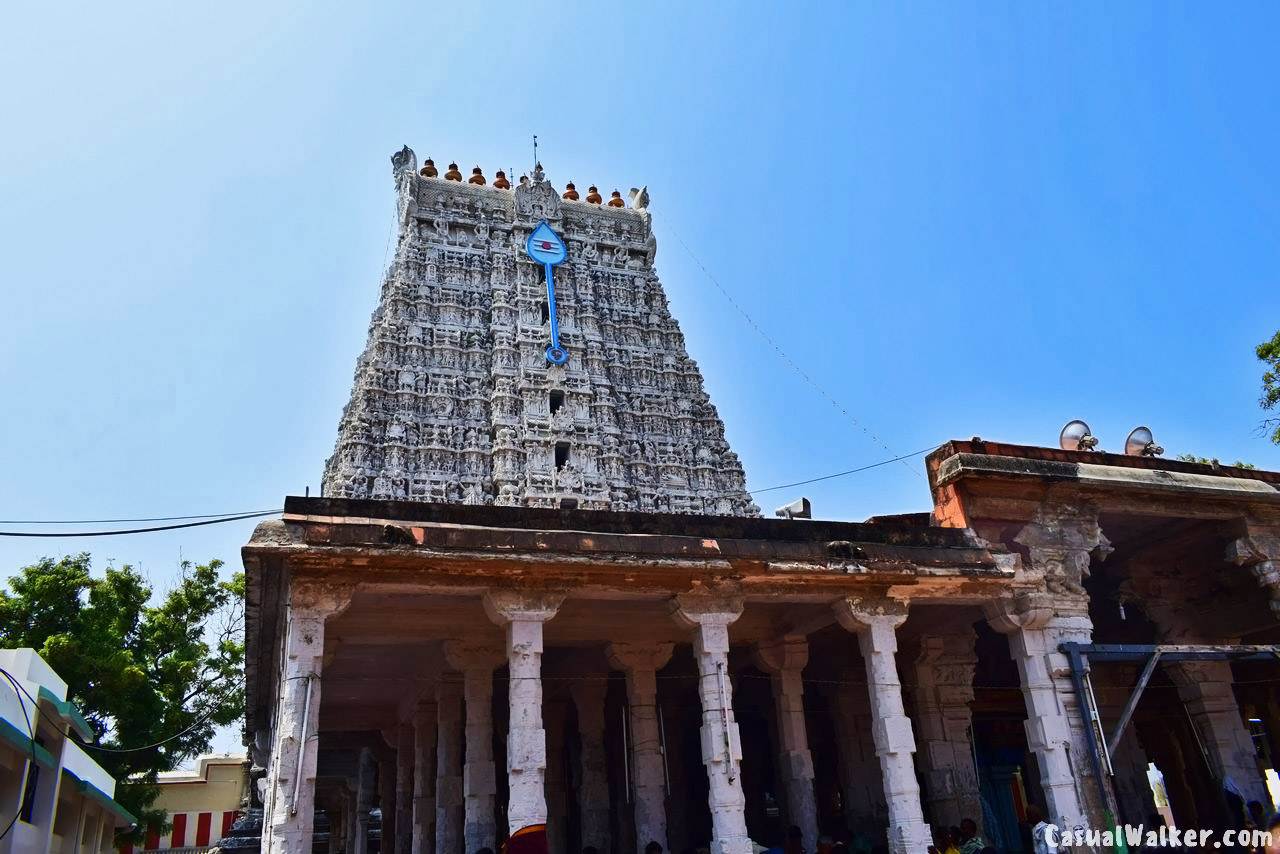
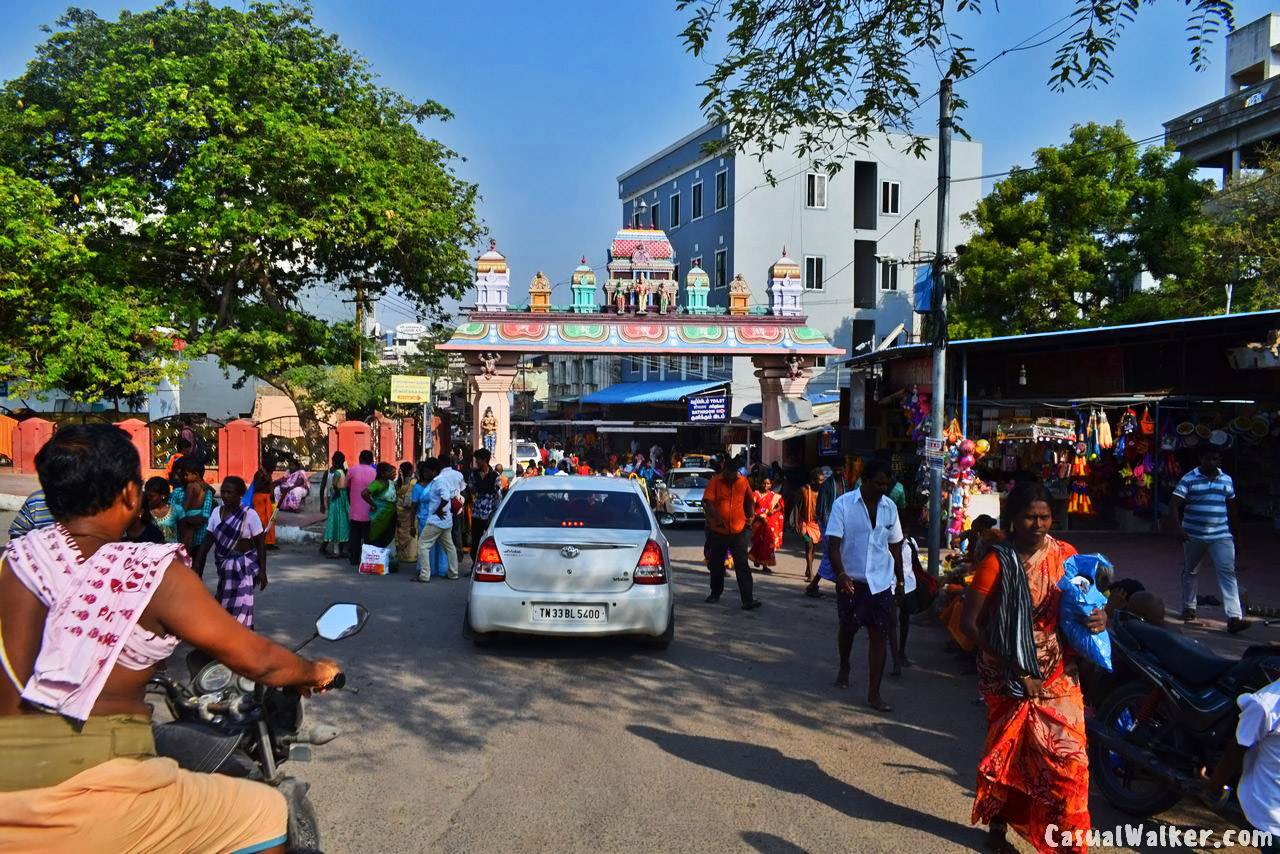
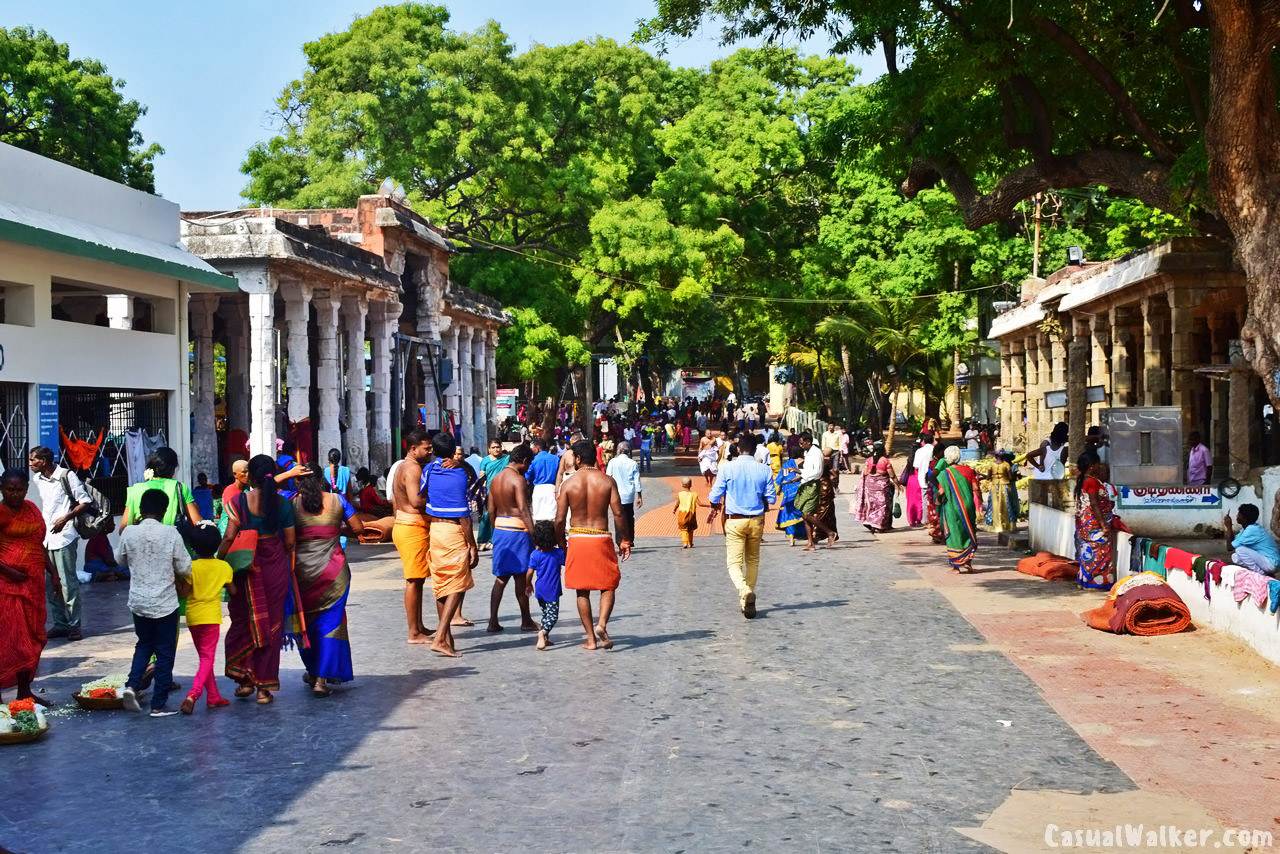
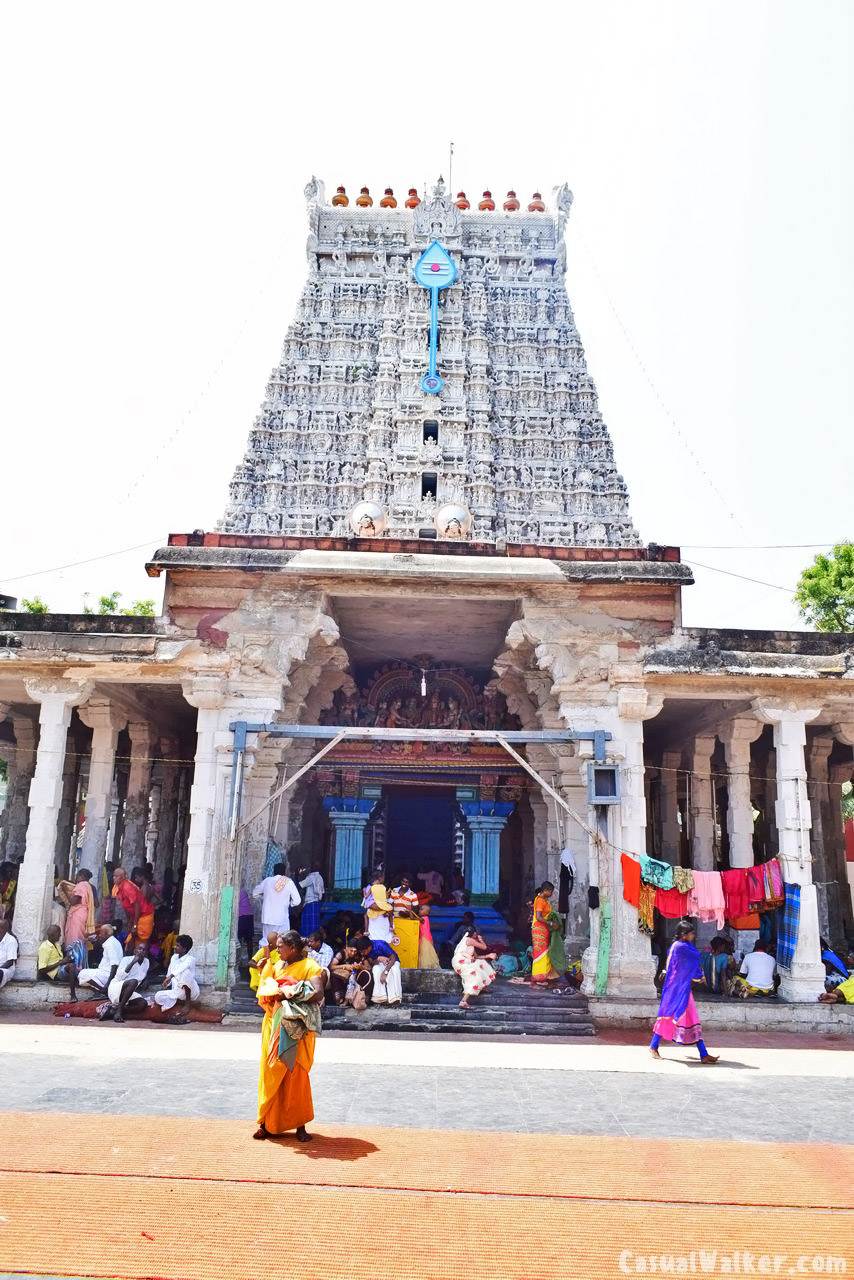
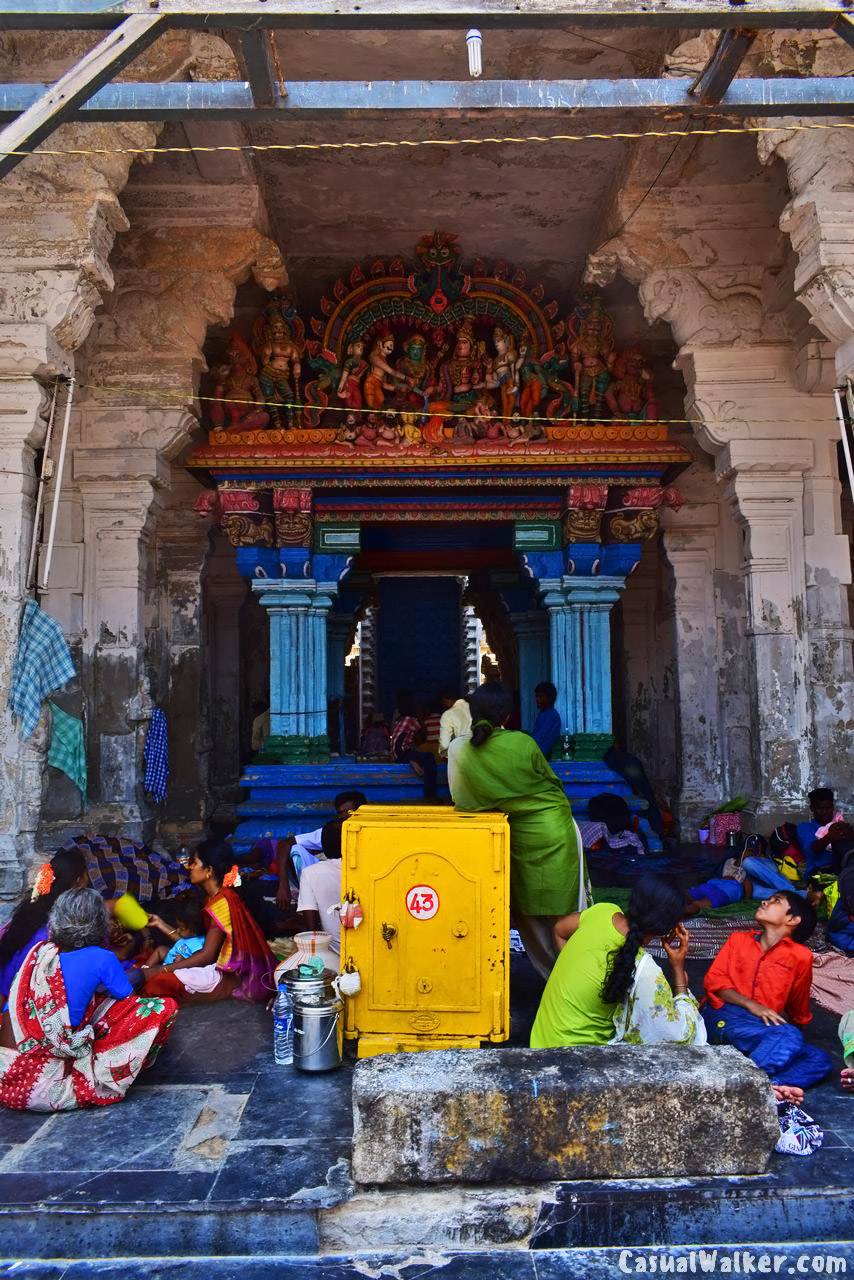
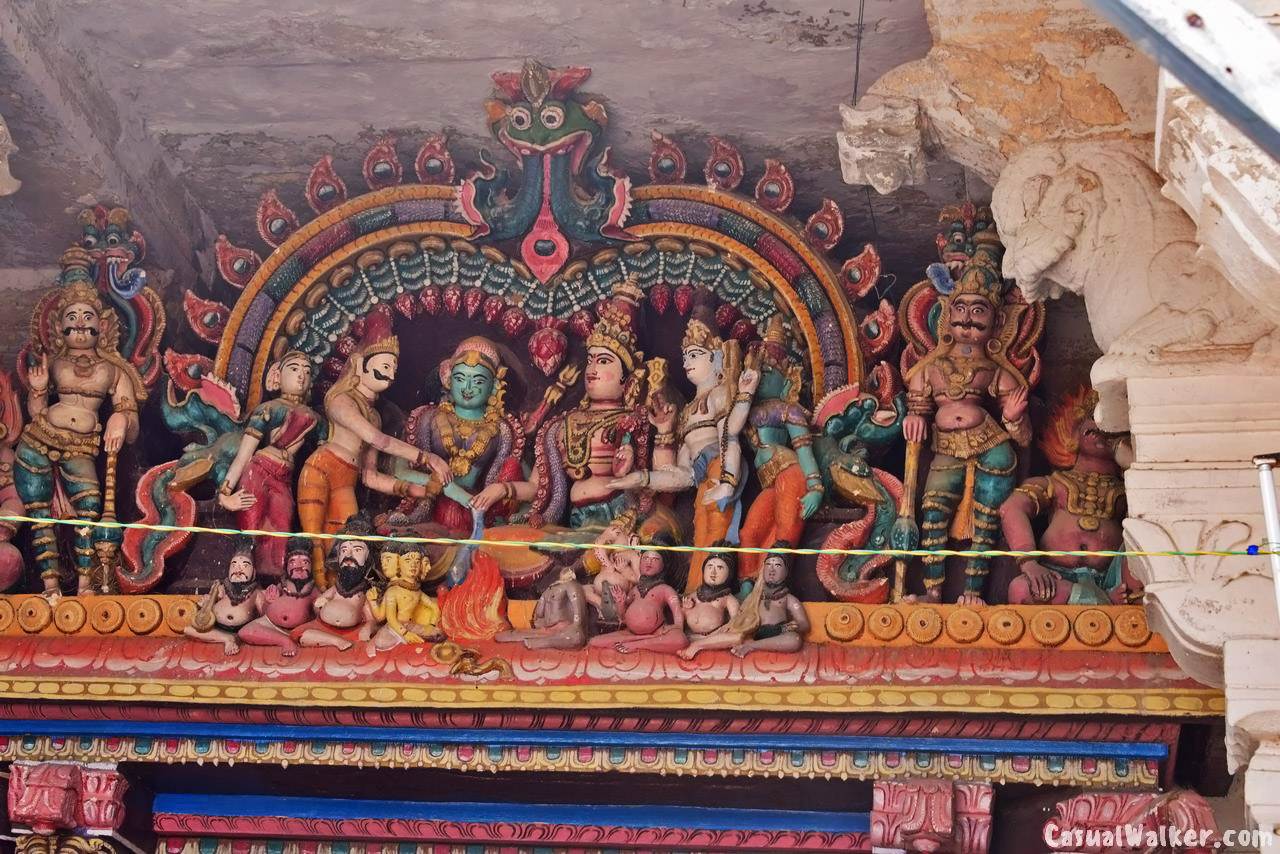
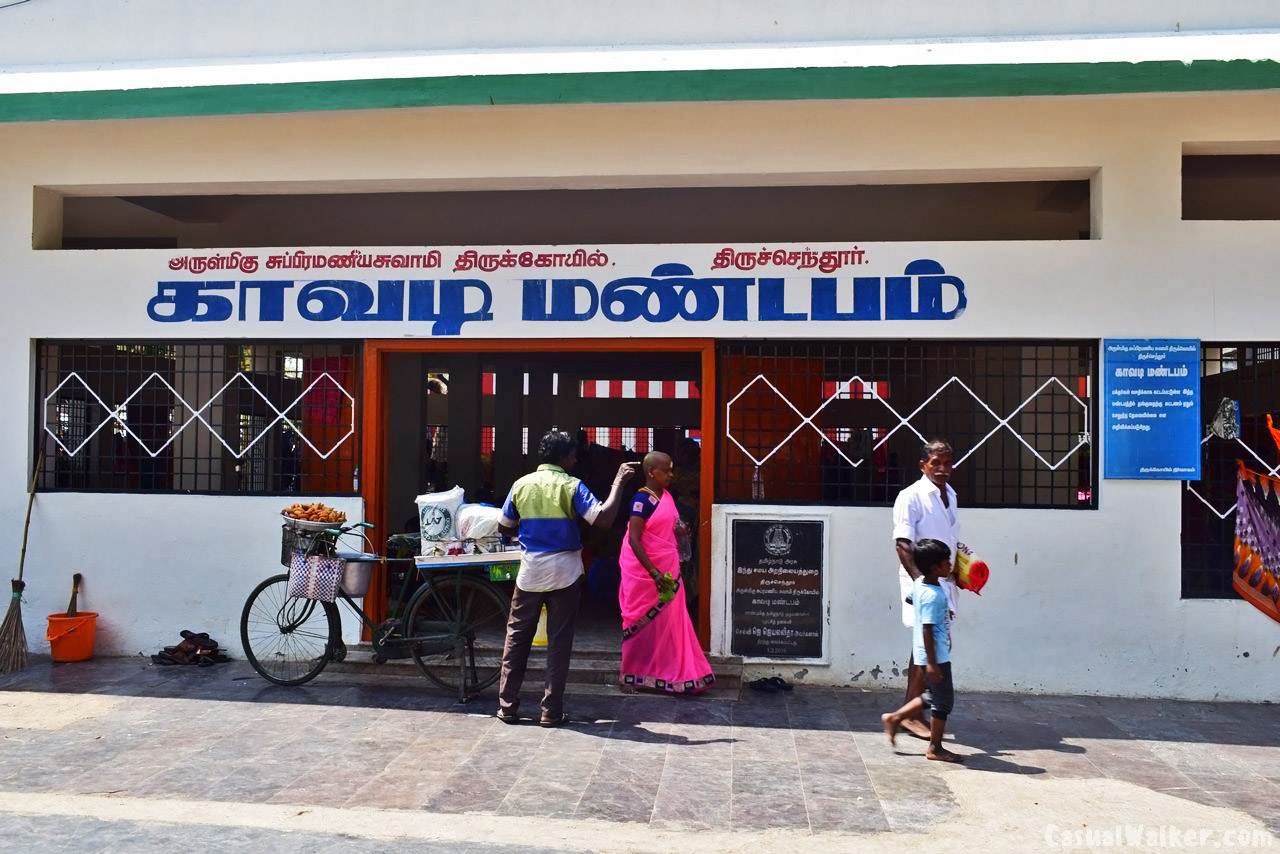
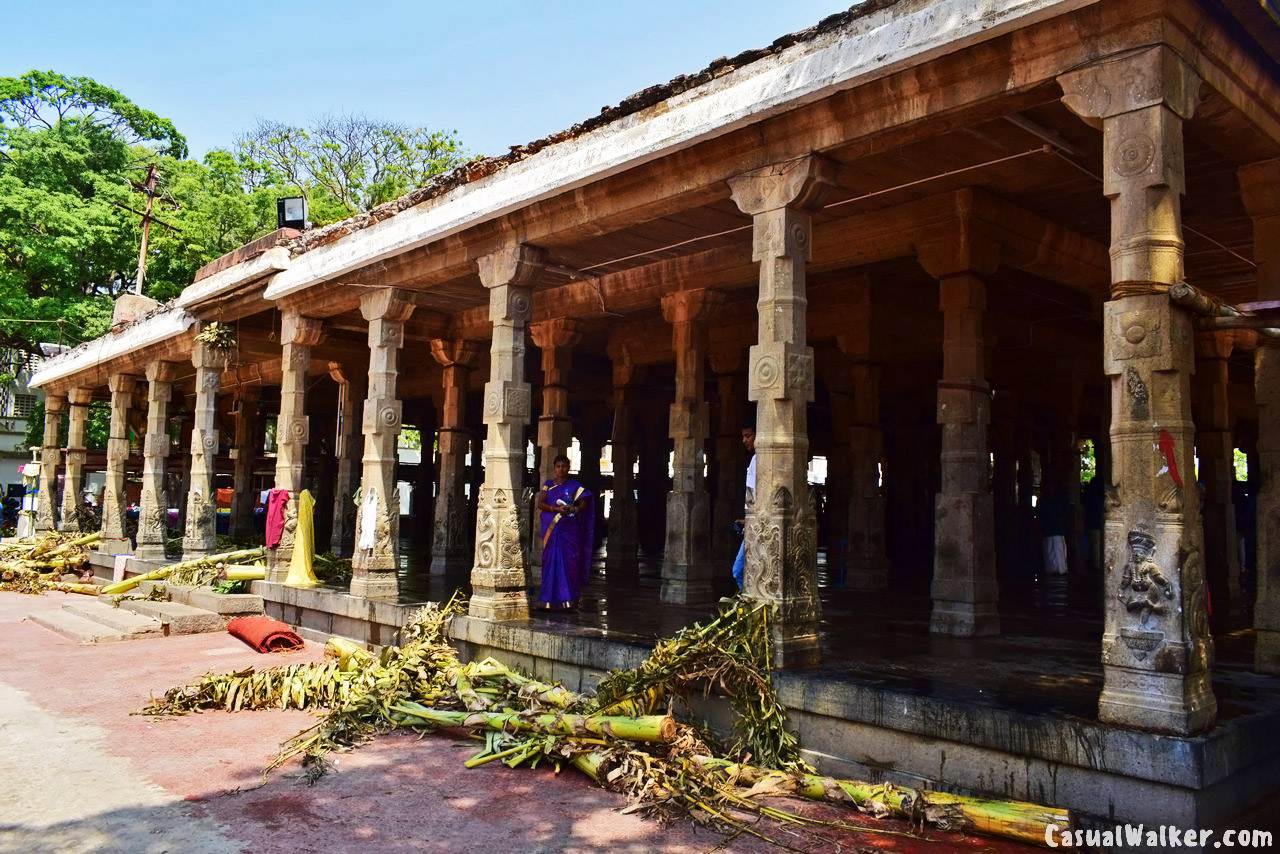
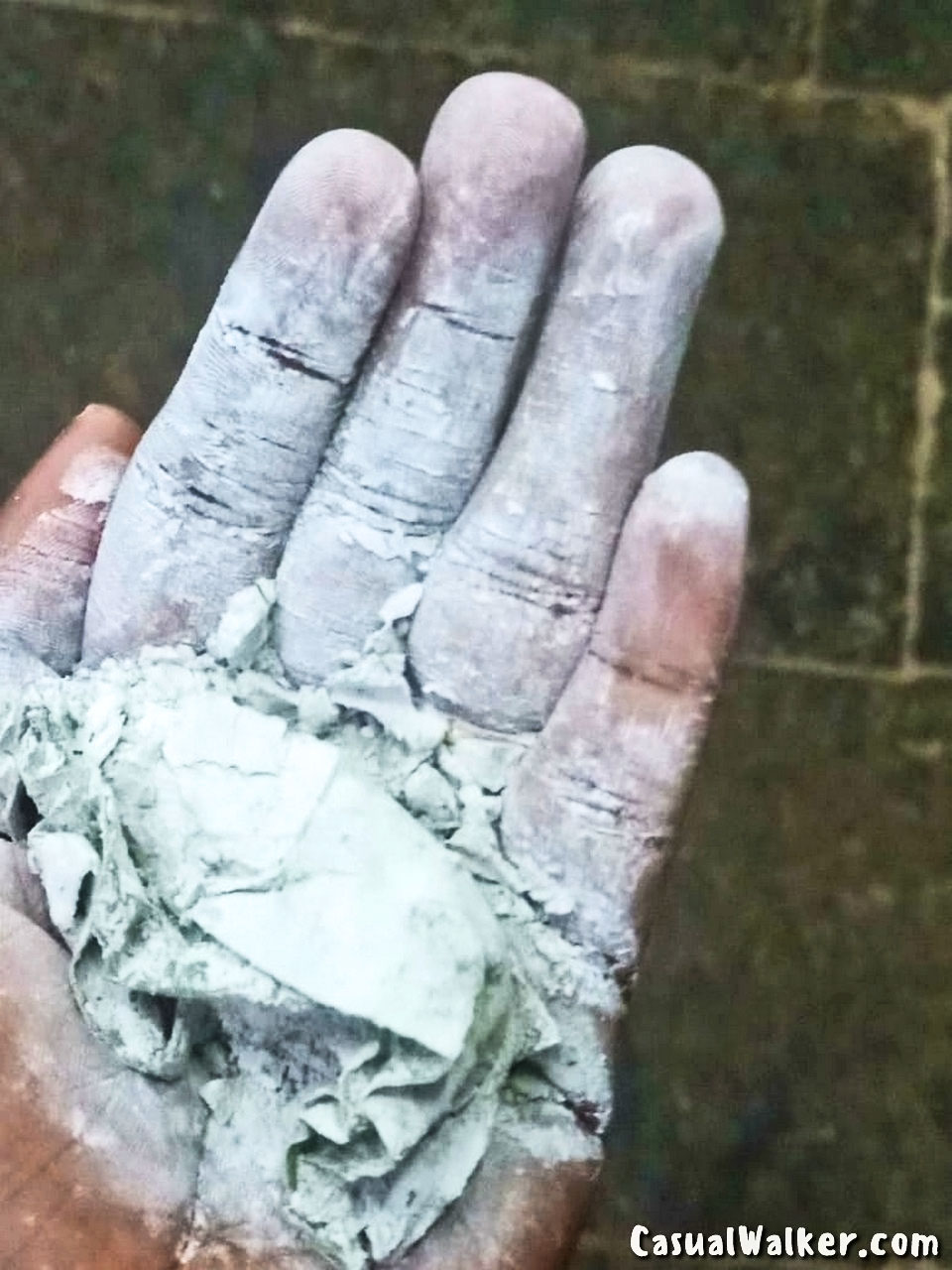
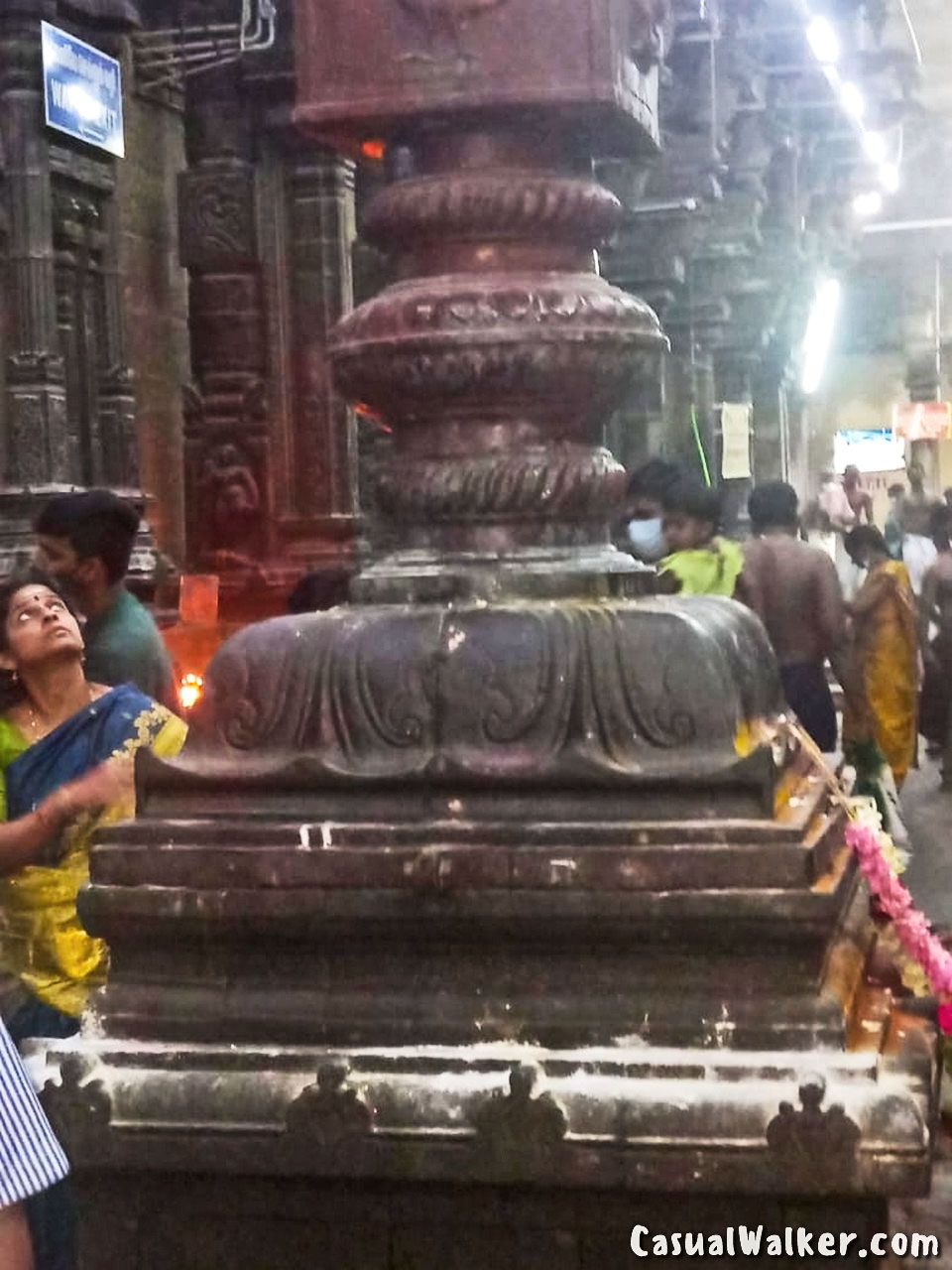
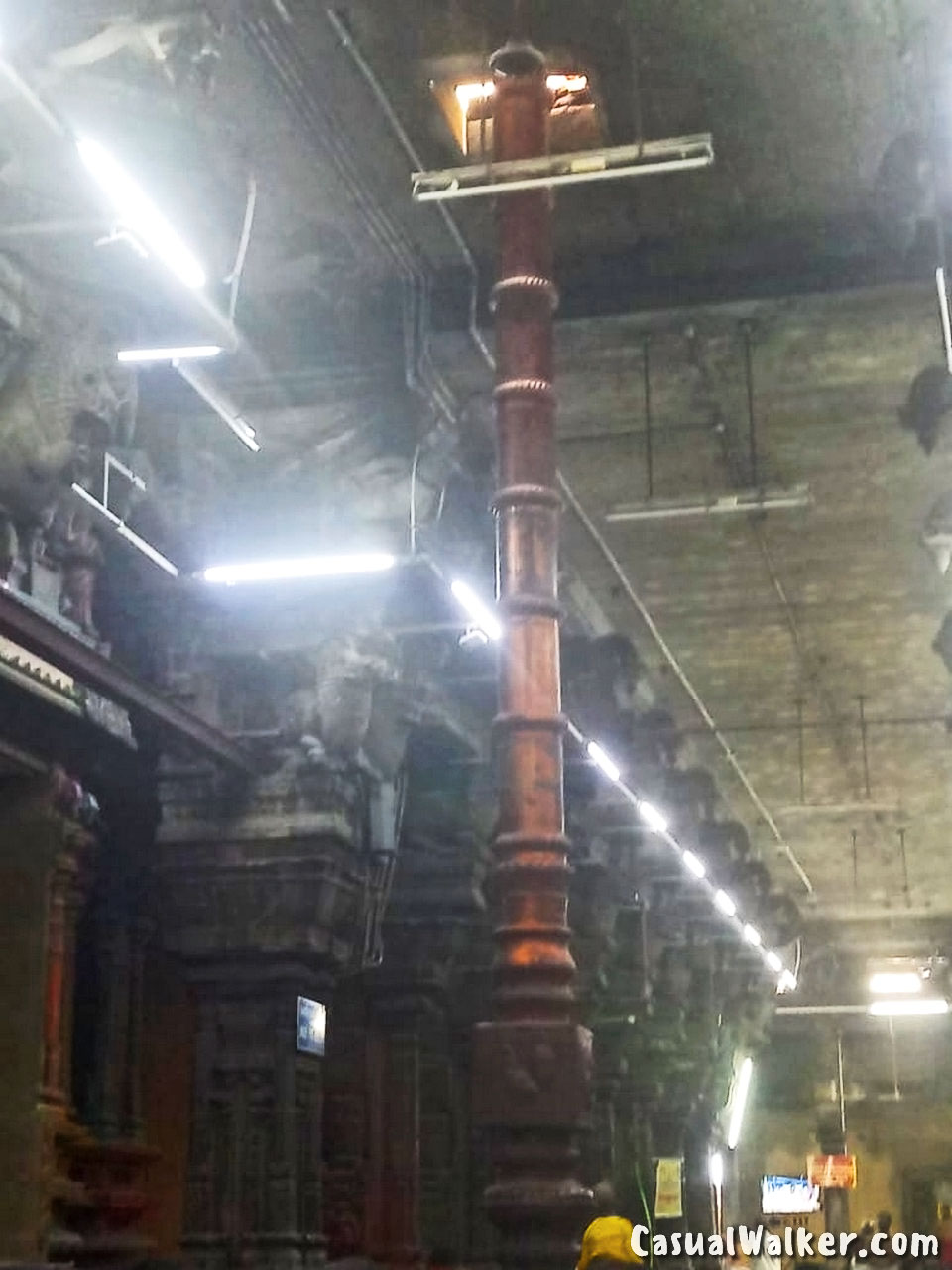
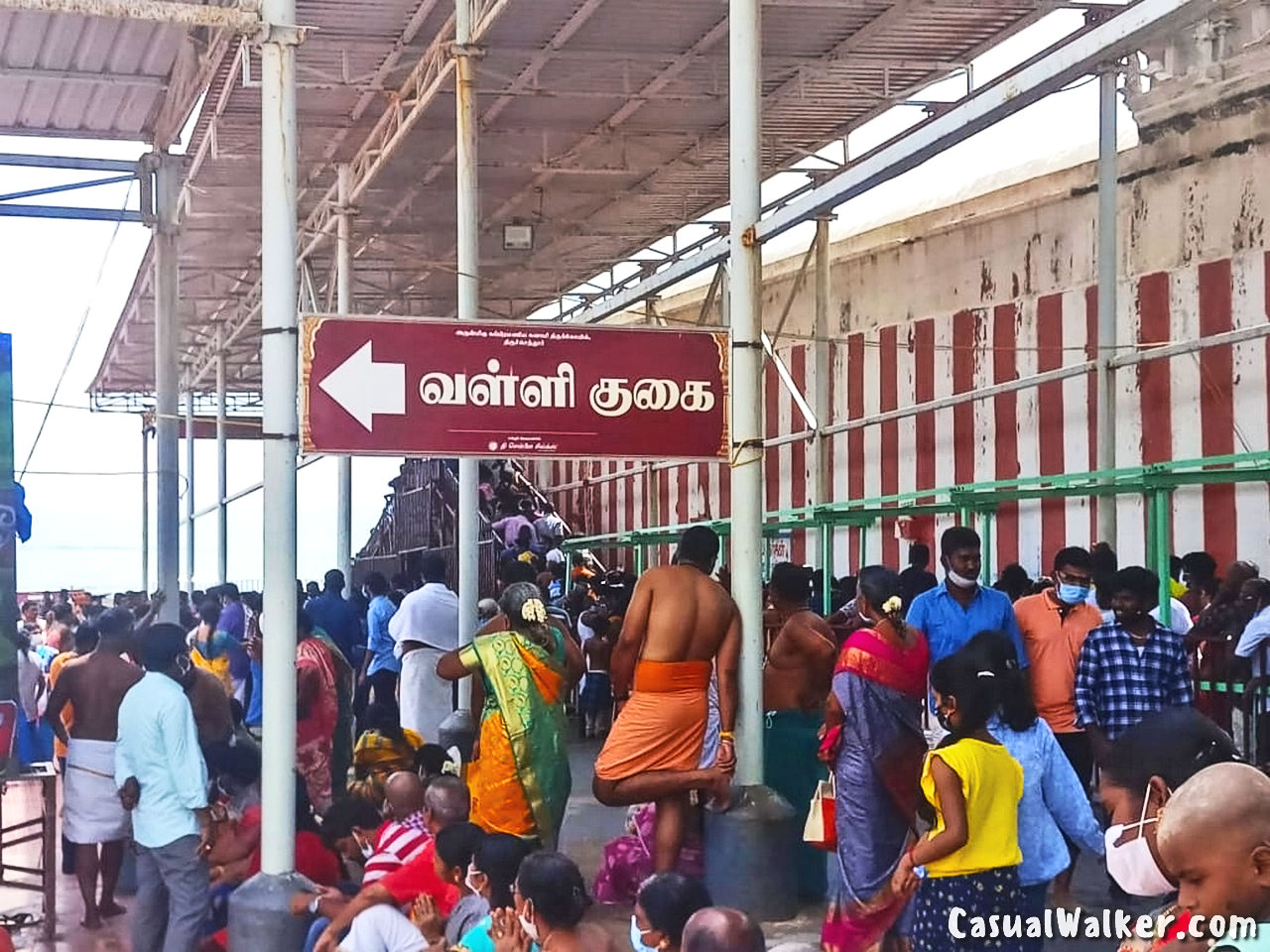


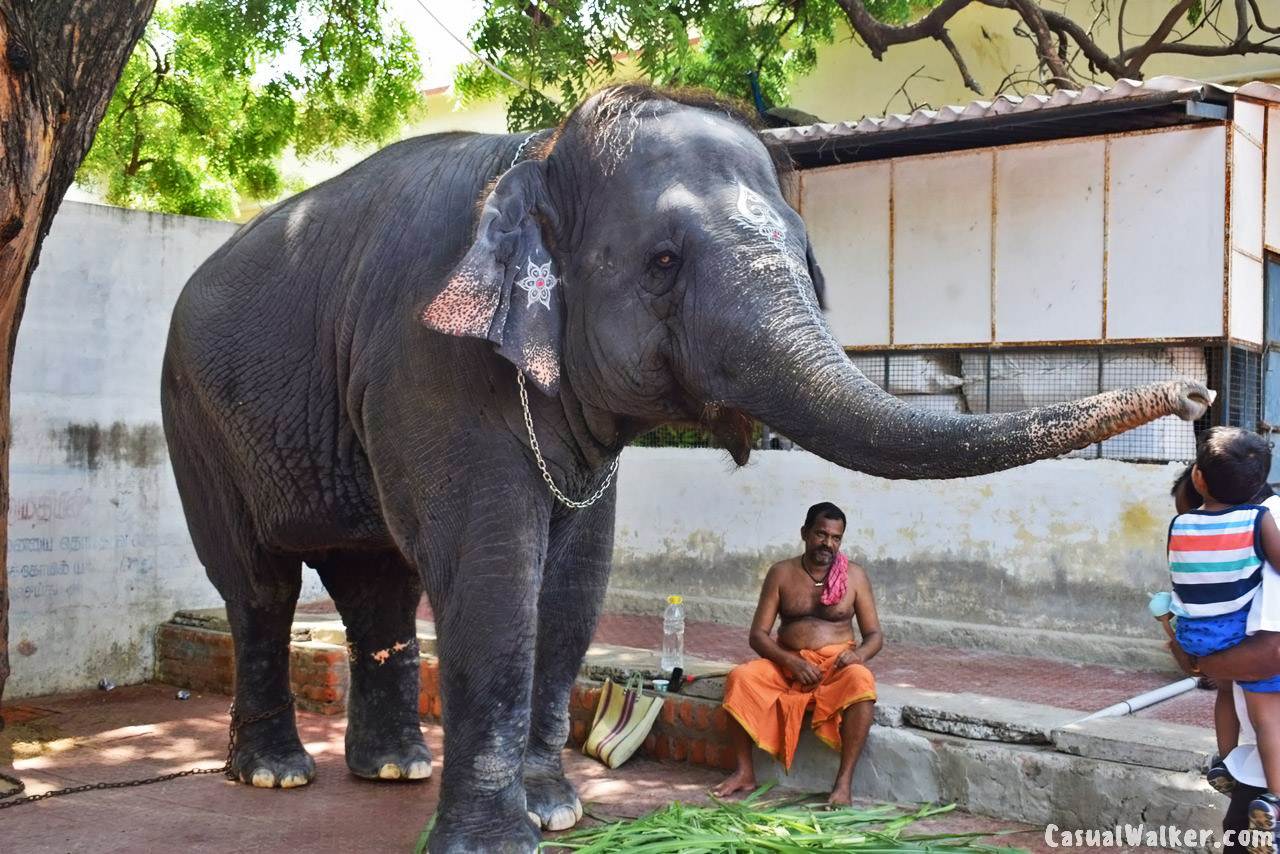
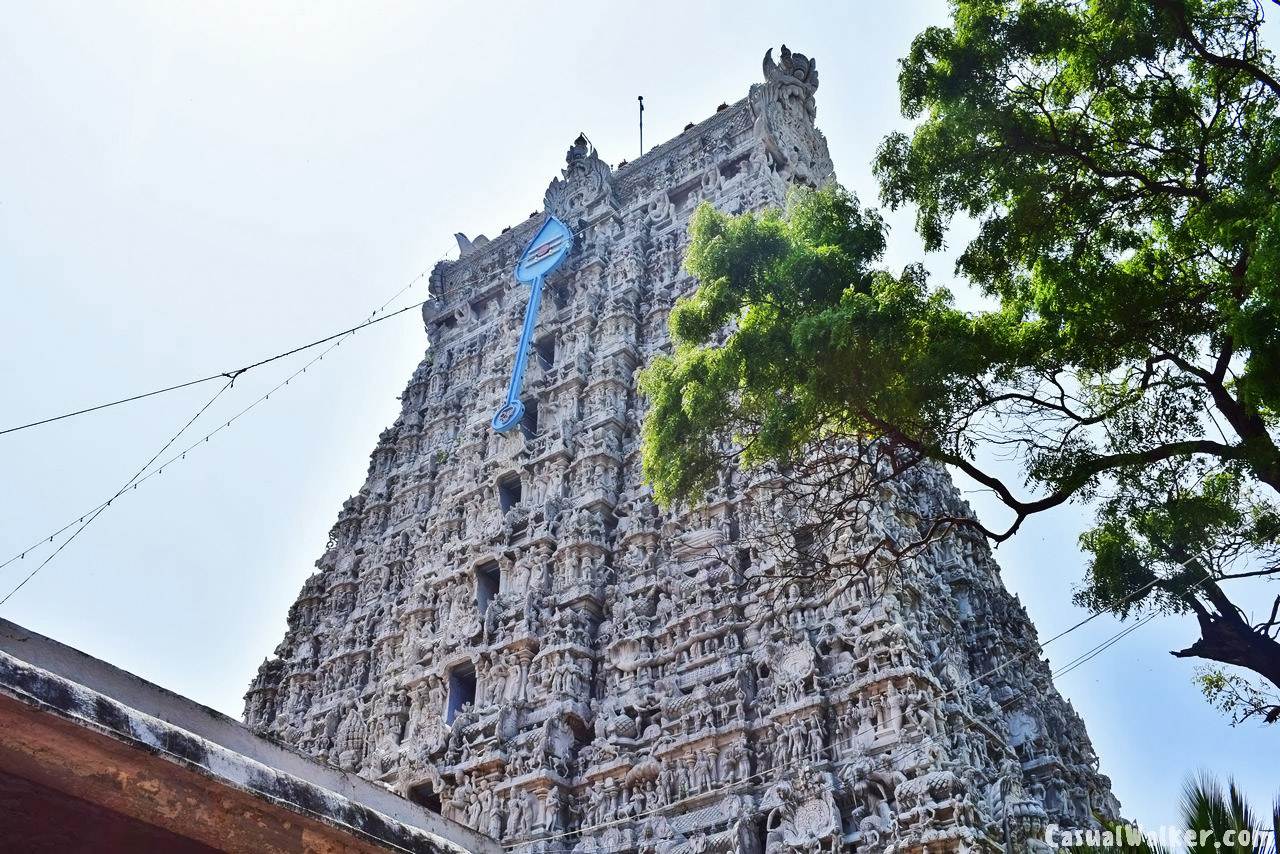
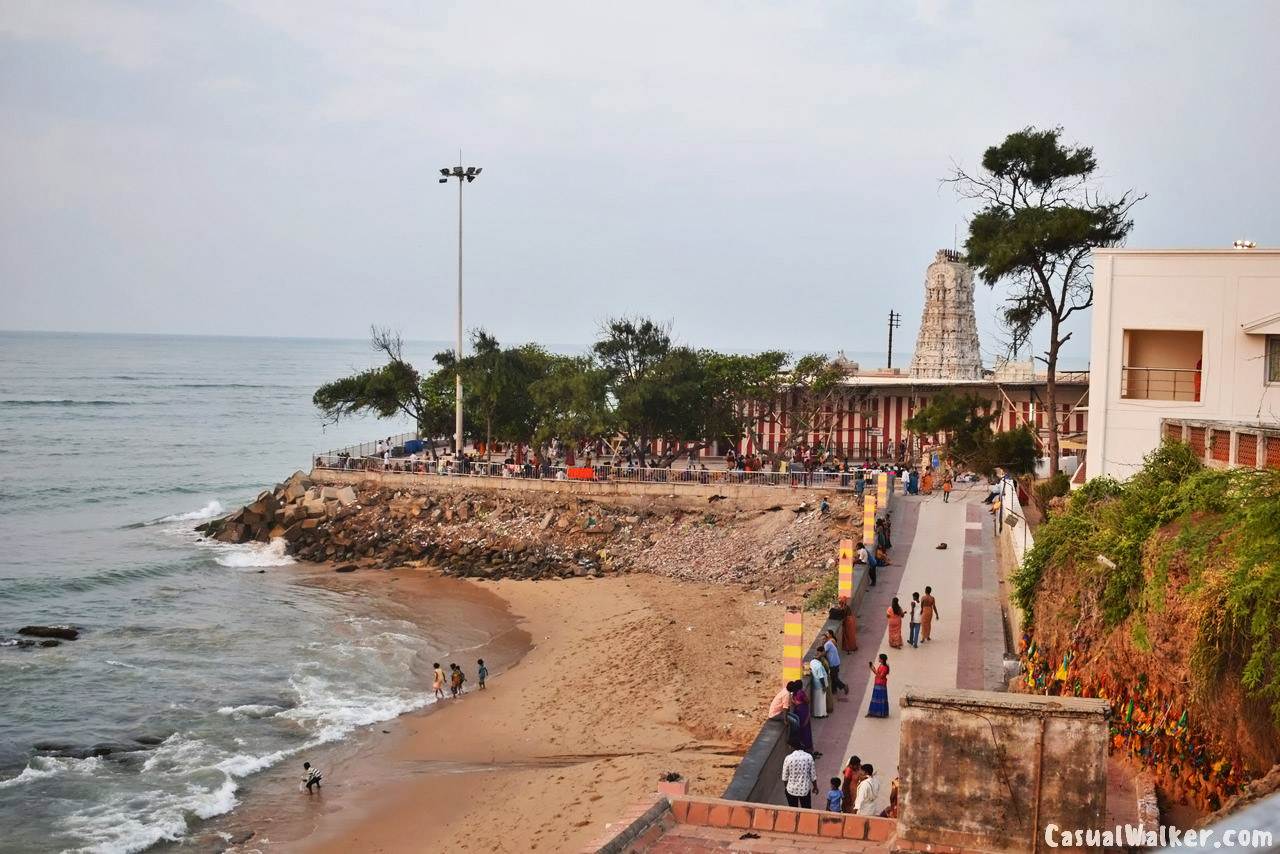
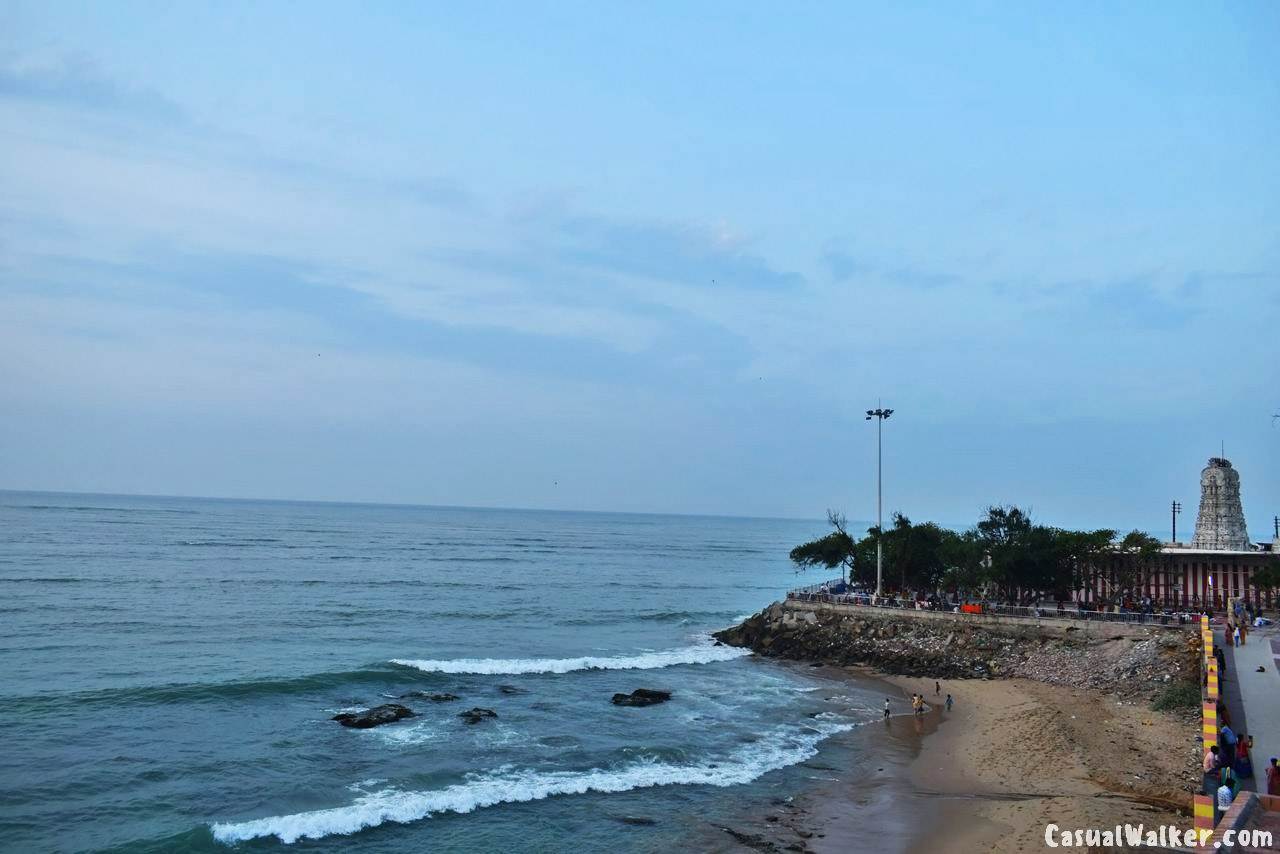
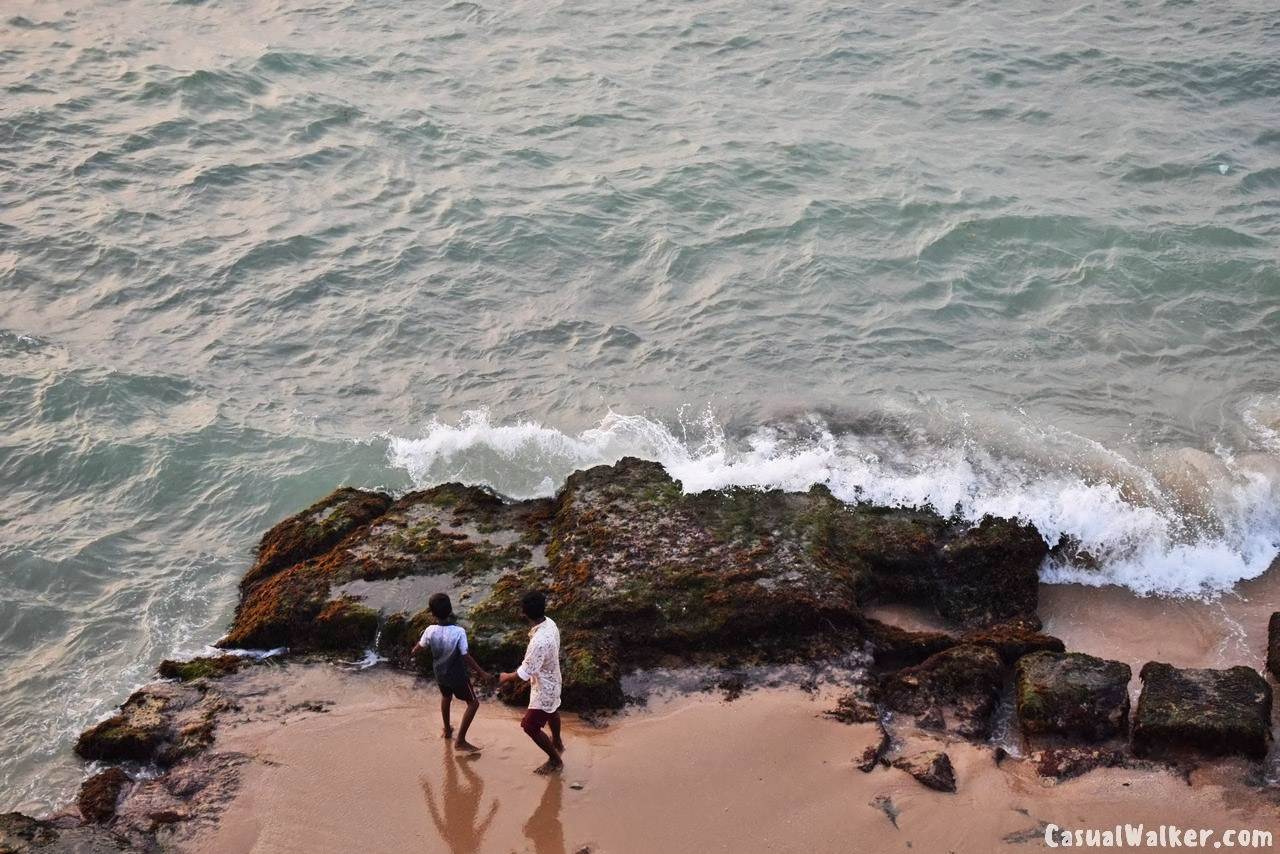
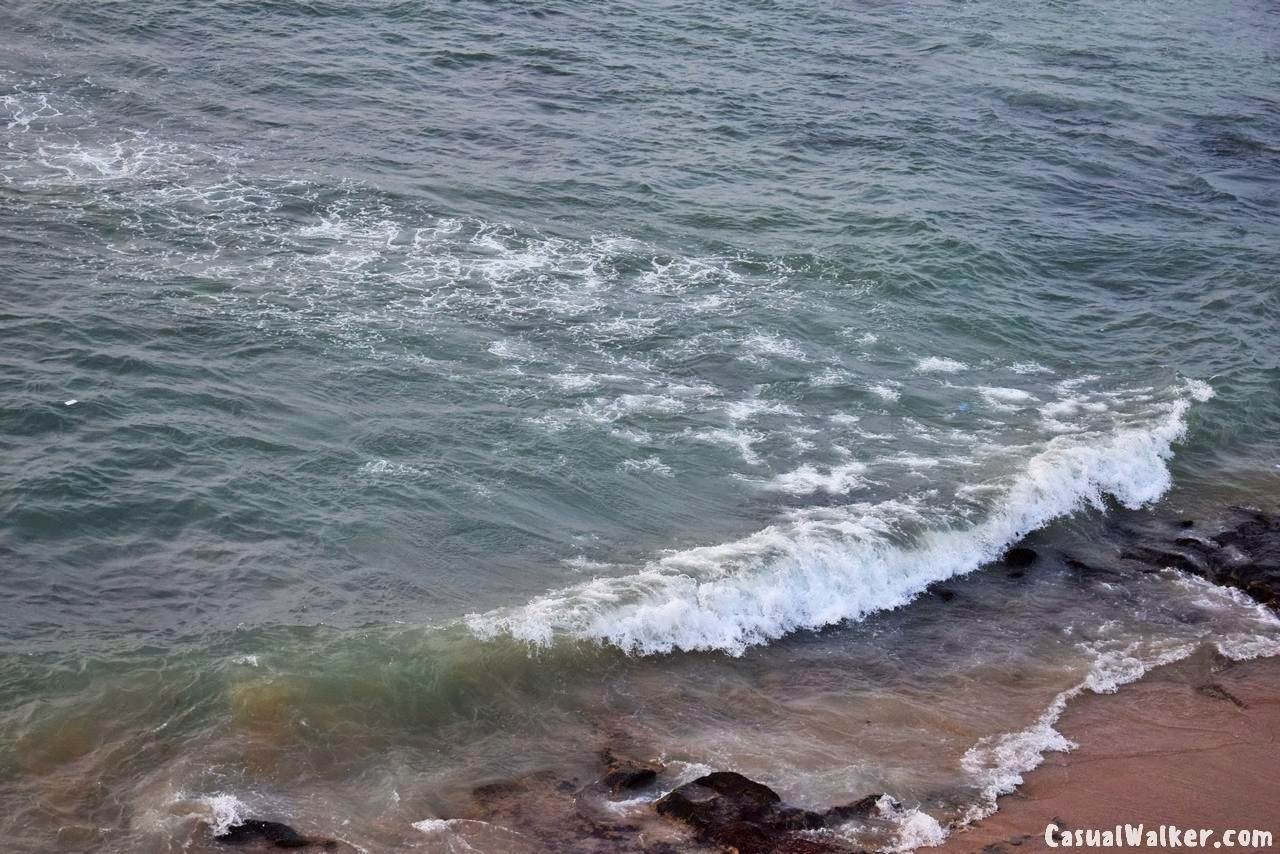
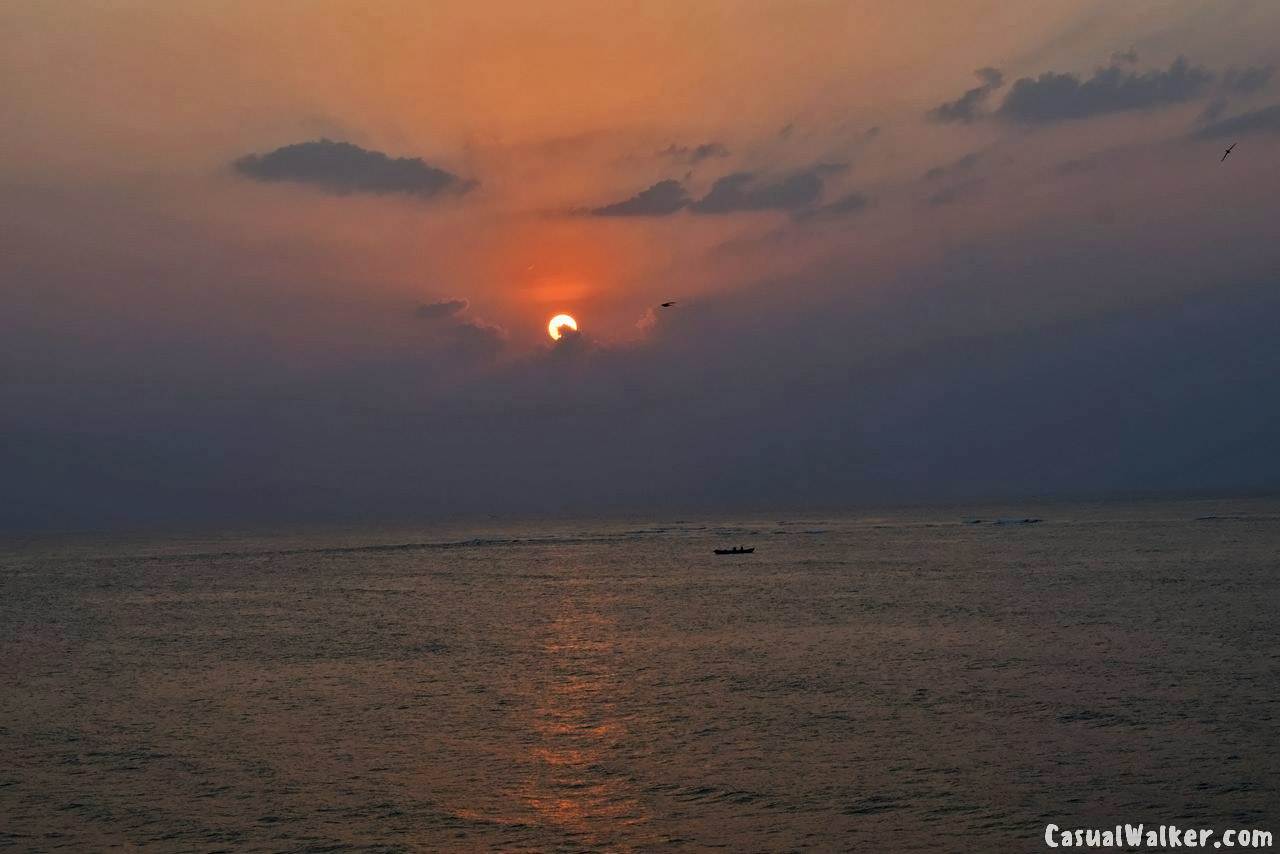

Dear Reader, You too have similar Photos Collections?
Send Your Photos. We will publish it.
We request you to send your own similar photos collection, which is related to any Indian Travel, Temples, Traditions, Culture, Art, Reviews, and Food. We will publish your photos with full credits to your name at Casual Walker Magazine.
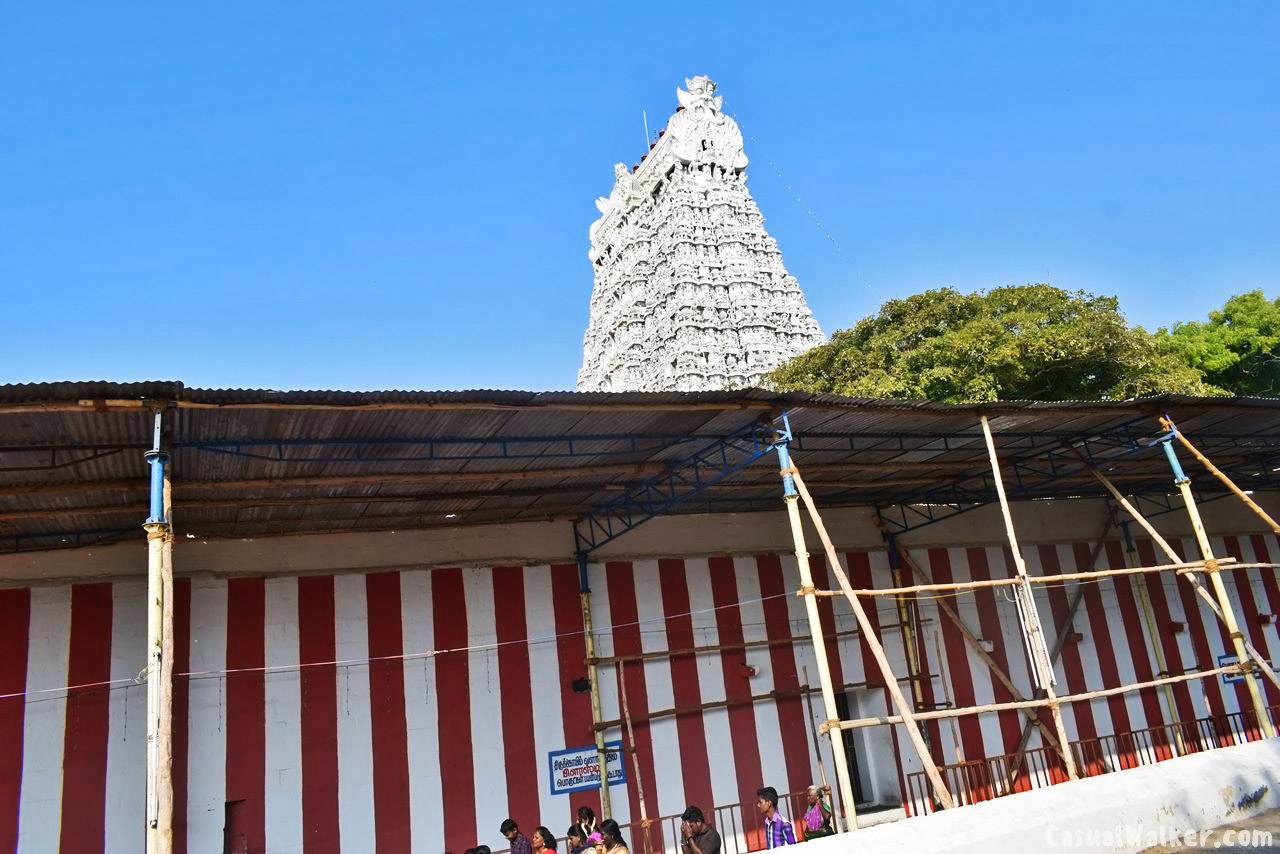
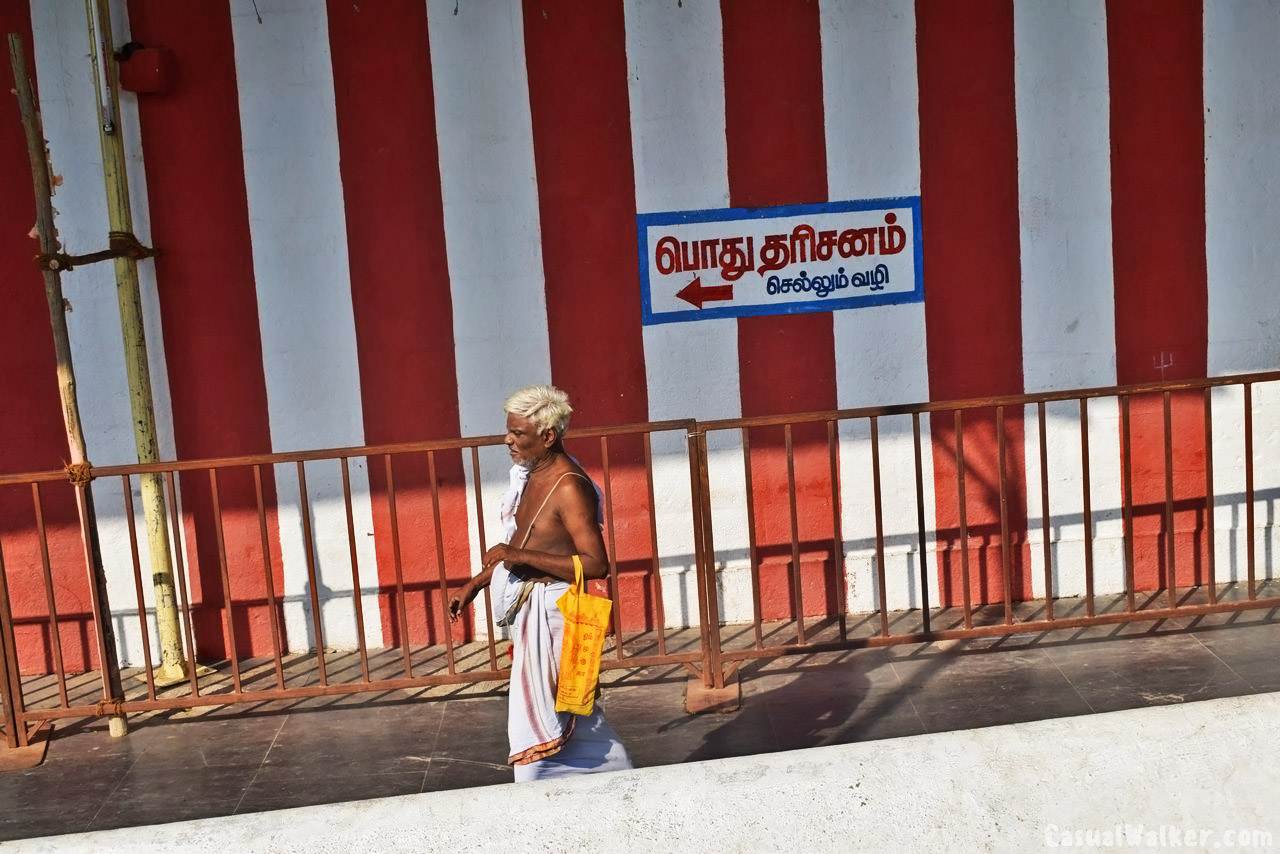
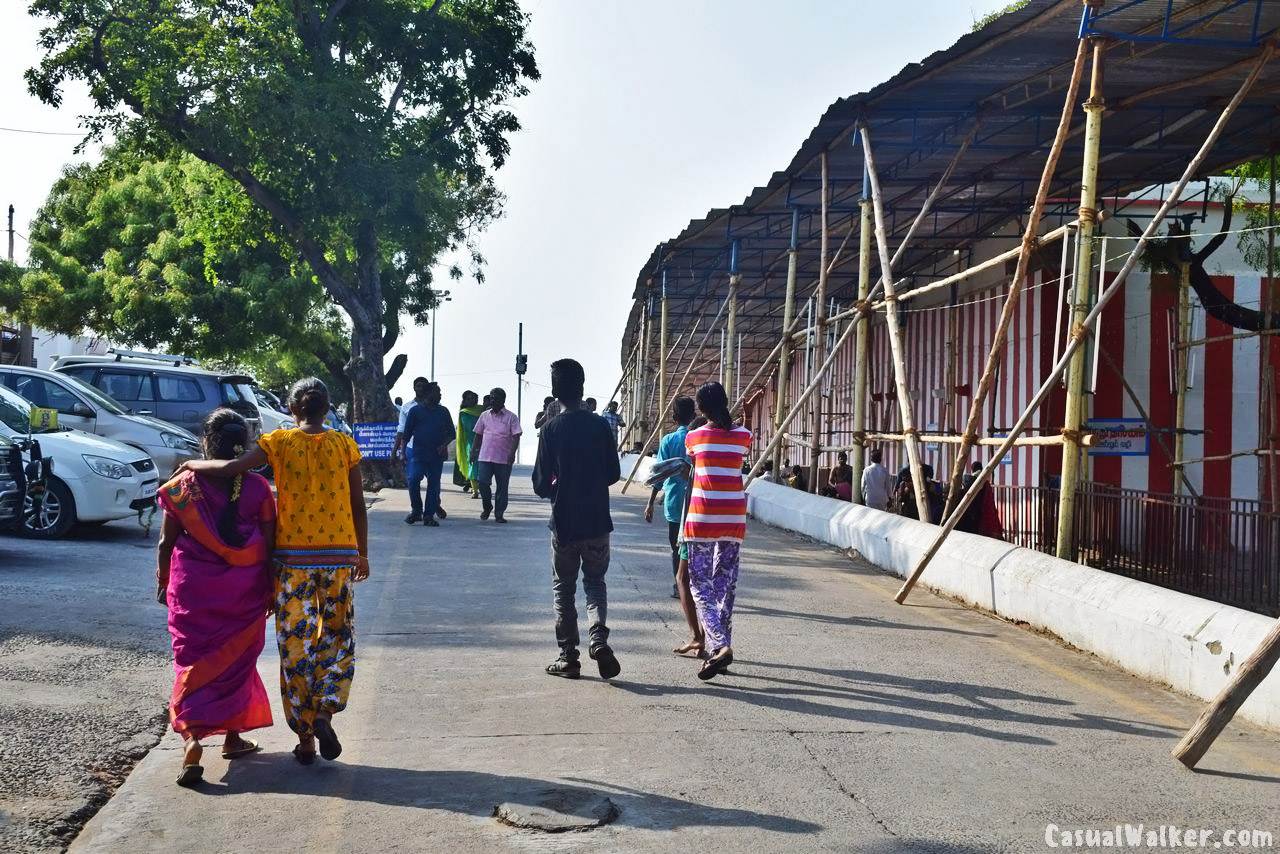
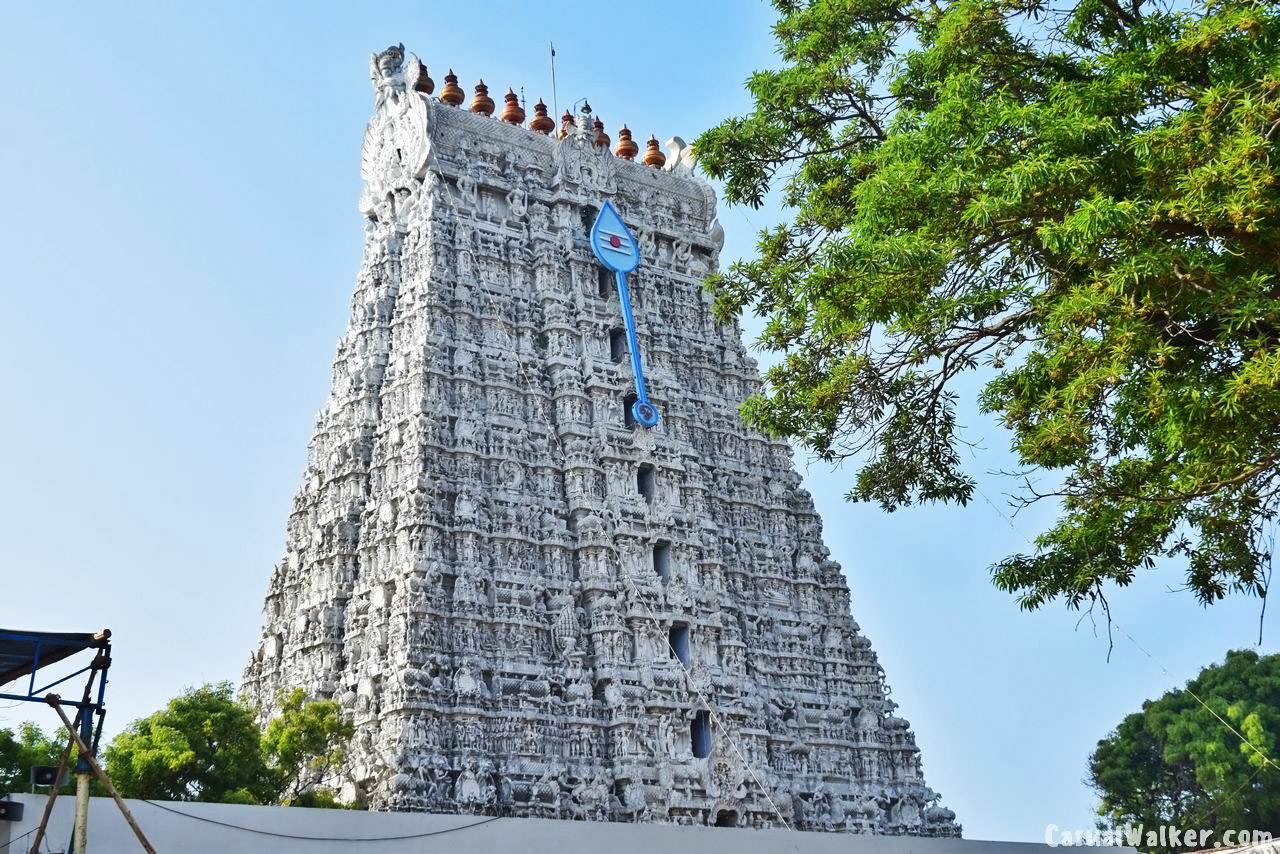

Similar Famous Lord Murugan Temples you may like to Visit:















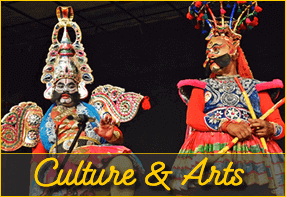
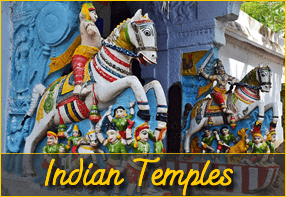

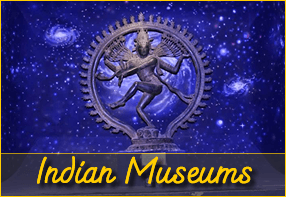

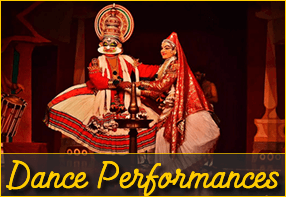

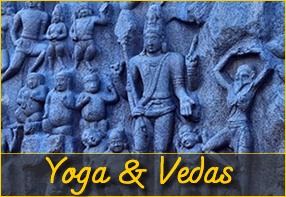
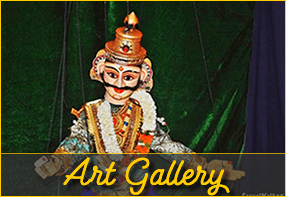
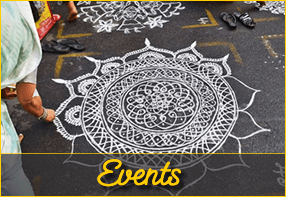


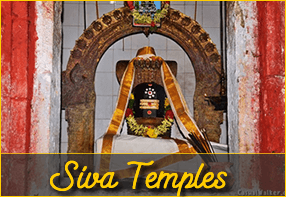
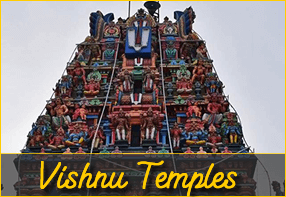
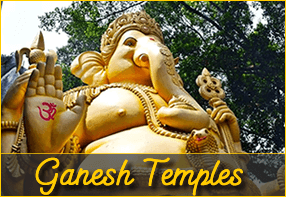
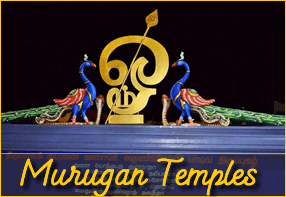
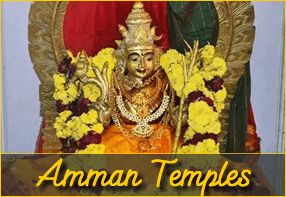
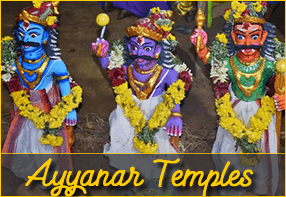

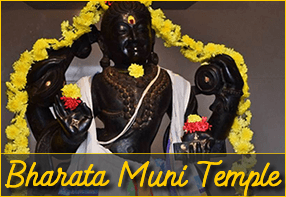
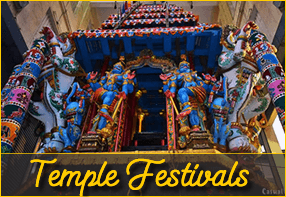
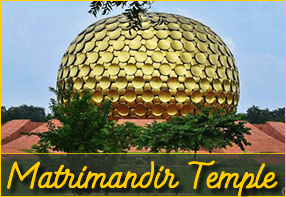
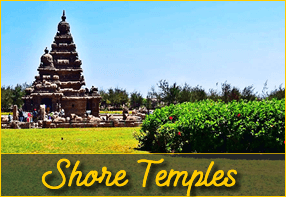

 Related Stories
Related Stories





